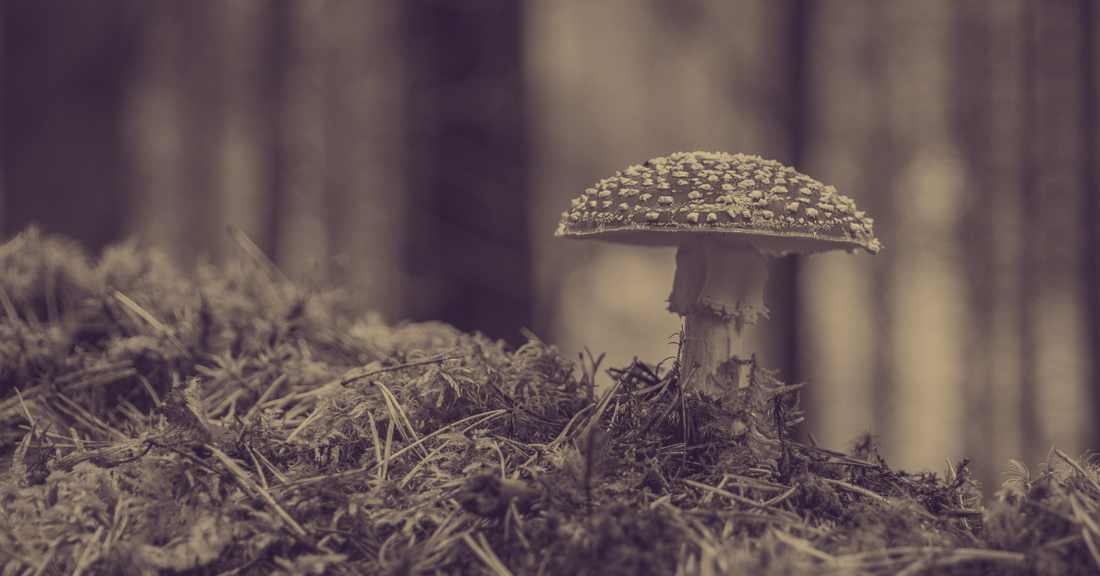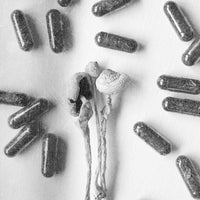After rewatching Paul Stamets’ inspiring 2008 call to action, “6 ways mushrooms can save the world,” and hearing the iconic mycologist refer to the prevalence of mycophobia—or the irrational fear of fungi—one soon realizes that the widely-viewed TED Talk was recorded more than a decade ago.
It’s clear that the fungal kingdom is no longer as feared as it once was in most of the Western world, with culinary interests moving beyond button mushrooms and portobellos, and fungi-related products springing from startups like mushrooms after the rain.
However, despite the growing interest in mushrooms since Stamets’ 2008 TED Talk, they have yet to save the world as he suggested. But with a bit more teamwork, perhaps they still can.
“That really important talk was a catalyst for many people like myself to get into mycology,” says Fungi Academy’s hyphae headmaster, Jasper Degenaars. “A lot of those points he was making are now considered very optimistic and a little disconnected from reality, but the storytelling is so powerful and it keeps inspiring people even today.”
Located near Lake Atitlan in Guatemala, Fungi Academy is a mushroom-growing school that offers intensive cultivation courses at its campus. The Fungi Academy team, led by Degenaars, considers the school to be an alliance between humans and fungi.
The Mushroom Renaissance
It’s August 2022, and MUD\WTR is catching up with Fungi Academy’s hyphae headmaster ahead of MycoFest in Tamaqua, Pennsylvania, where he is slated as a featured speaker. It’s the day before the festival begins and Degenaars is primed to speak about the future of fungi.
Before gazing too hard into the tea leaves of humanity’s relationship with fungi moving forward, Degenaars points out that because the famous TED Talk by Stamets is an entry point for so many into the mycological world, neophytes often see mushrooms as a panacea for all the world’s problems. The reality is, of course, much more complicated.
“There’s a classic philosophical lifecycle for people when they get into mushrooms, where at first they think fungi can eat all the plastic and save the whole biosphere, and we can team up with the mushrooms and won’t have to worry about anything,” says Degenaars. “Slowly, when you study it more, you see that it’s much more nuanced.”
In terms of fungi’s role in the future of medicine, Degenaars points out that fungi interact with the physical world through chemistry. Because of their seemingly magical ability to synthesize complex molecules at will, new medicines could be created by convincing fungi, like yeasts, to synthesize beneficial compounds for humans. This process is already being researched in places such as the University of Copenhagen.
“I call them the hidden alchemists of the natural world, because they are able to produce all these complex alkaloids and constituents, seemingly on a whim,” says Degenaars. “Most, if not all, of medicine isn’t actually created by humans, but isolated from, in many cases, a fungus, and then synthesized.”
The Future Is … Magic?
Looking at the future of fungi-derived psychoactive compounds such as psilocybin and psilocin, and their use in the mental health field, Degenaars hopes that the consumption of the hallucinogenic compounds in sanitized, clinical settings doesn’t become the norm, and that people still consume them for fun’s sake.
“I am not happy with the old man attitudes that are becoming popular where people think they need to have a highly-trained professional helping them through a journey in a still room,” says Degenaars. “There’s a lot of beauty and benefits that come from recreational use. We just have to educate people.”
In the 2008 TED Talk, Stamets called the vast mycelial networks living in the soil, “Earth’s internet.” When asked if that fungal internet is something that humans could eventually tap into and, say, see in real time what mushrooms are up to on any patch of land, he points to groups like SPUN, who are already investigating these ideas.
However, humanity has a long way to go before we can connect to mycelium via Bluetooth, and ask the organisms directly how to save the world. For now, Degenaars believes that the best way to interface with fungi is with the compounds they have already created to talk to us.
“The best way to tune into the mushroom’s network now is to consume mushrooms that contain constituents like psilocybin and psilocin,” he says.
Mushrooms may not be able to save the world, but Degenaars is sure that if we keep studying fungi, it’s possible we’ll find new ways to heal ourselves and the planet. But it will take work.
“Teaming up with fungi will help us in the future, but I don’t think we should hope that they fix all of our issues for us.”
Header image by Egor Kamelev
Aric Sleeper is an independent journalist covering labor, drug reform, food and the arts.
Read more: How Do Mushrooms Communicate?
Read more: WTF is Astromycology?
Read more: William Padilla-Brown Wants to Empower the World Through Science



